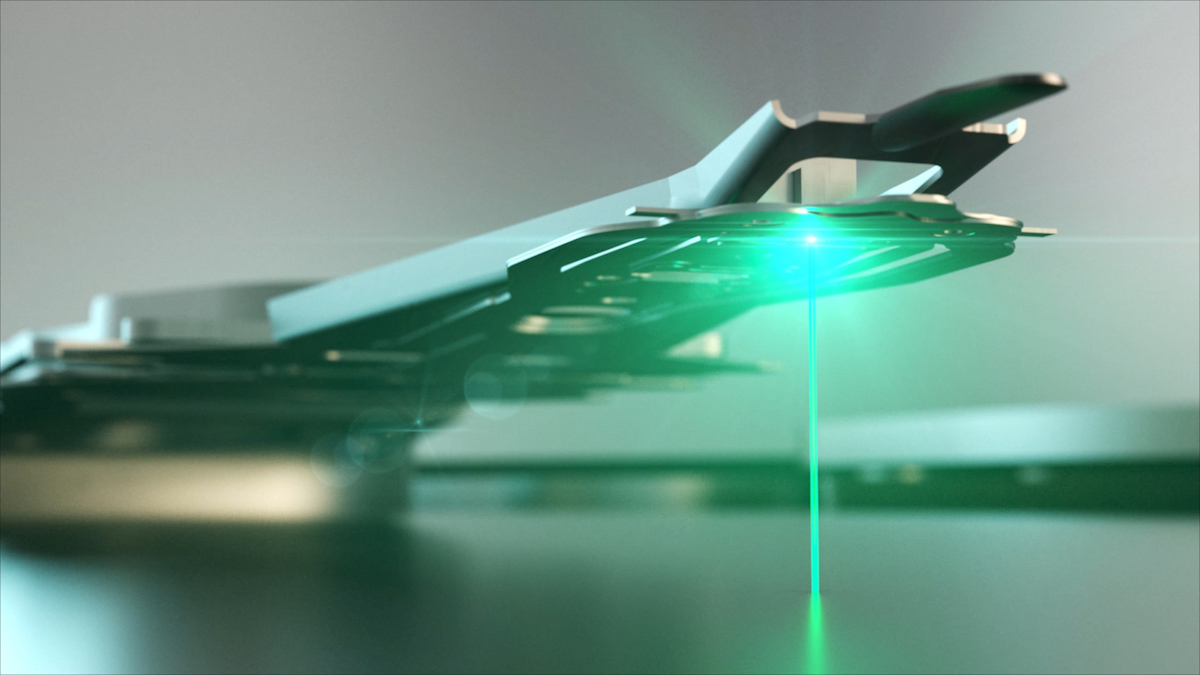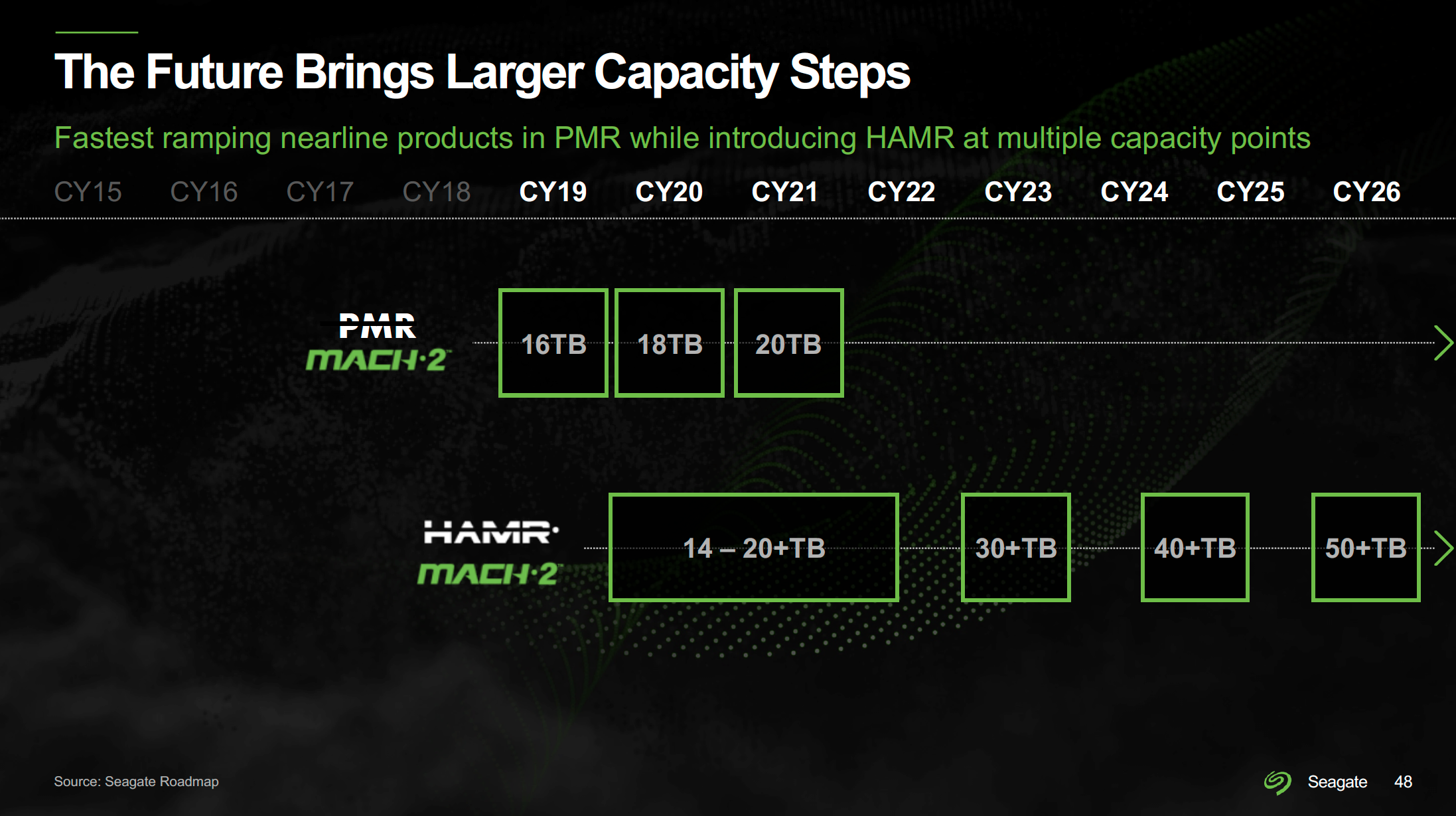
Seagate this week said that it began shipments of its 30+ terabyte hard drives based on its heat-assisted magnetic recording (HAMR) technology to one of its cloud datacenters clients. The drives are final qualification samples, but the company is on track to recognize revenue from sales of its HAMR-based Corvault systems in the coming weeks.
"We are tracking well to our stated plans and achieved the key milestone last week of shipping initial qualification units to a cloud launch partner, and we expect to recognize initial revenue from 30TB+ platforms this quarter as part of our Corvault system solutions," said Dave Mosley, chief executive of Seagate, at the earnings call with analysts and investors earlier this week (via SeekingAlpha).
Recognizing revenue means that actual hardware — Corvault storage systems based on 30TB+ HAMR HDDs — has already been tested by Seagate, purchased, shipped, and is now being qualified by (a) Seagate customer(s). As soon as qualification is finished, Seagate will recognize the money it received as revenue.
Seagate has placed high hopes on HAMR technology and has sent HAMR-based hard disk drives to specific customers for evaluation for many years. During its recent earnings call, the company announced that it plans to release its 2nd generation HAMR platform in mainstream hard drives in Q3.
Seagate has not provided much information about its original HAMR platform, such as the number of platters it can accommodate. Nevertheless, with storage capabilities of over 30TB, the company will offer customers an unprecedented storage density for 3.5-inch HDDs. While the company acknowledges that the proportion of HAMR-based hard drives will not be significant this year, it will likely increase as HAMR media and HAMR heads become more efficient.
Initially, Seagate intends to use HAMR disks and heads to create ultra-premium, high-capacity nearline drives for hyperscale cloud datacenters. However, over time, this new media and heads will be incorporated into mid-range and even entry-level high-capacity HDDs to reduce manufacturing costs and increase the company's profitability.
Meanwhile, Seagate does not provide any guidance regarding how fast its nearline and other drives will transit to HAMR, though 2024 is when the company is set to ramp up its production.
"I do not know that we can really break it out based on HAMR transition right now because there's so many other dynamics," added Mosley. "But we are aggressively filling the pipeline full of the product, working on the yields and scrap that we need to get down. "








